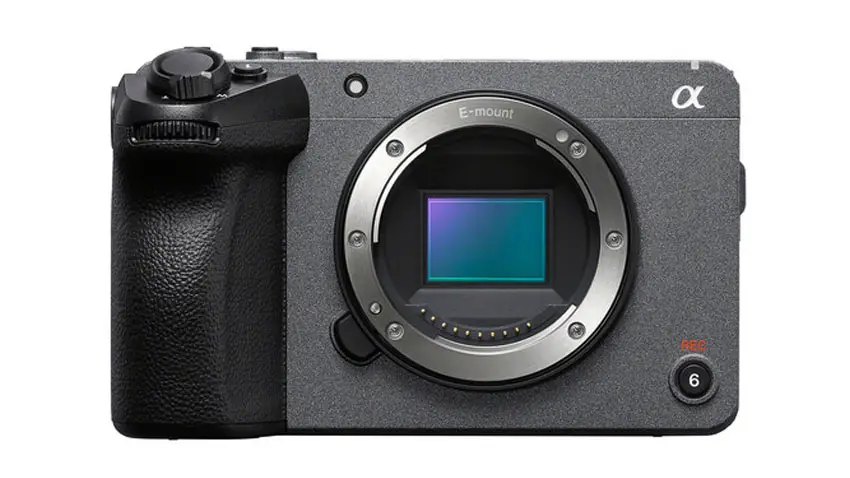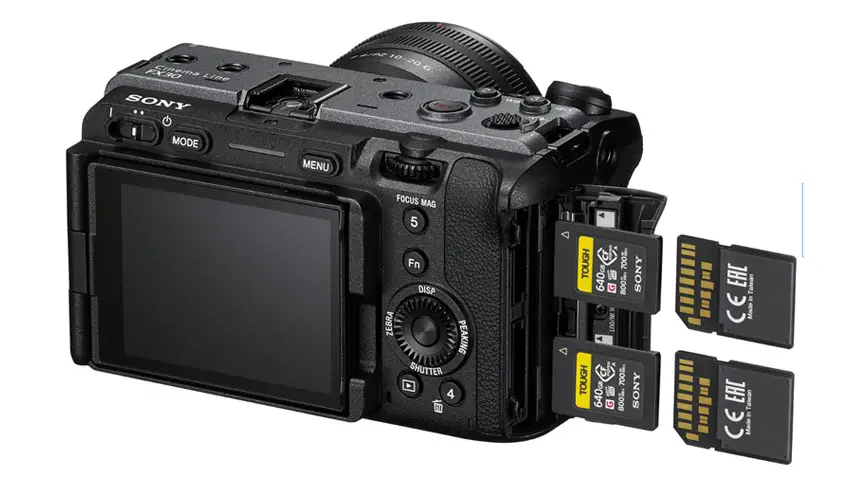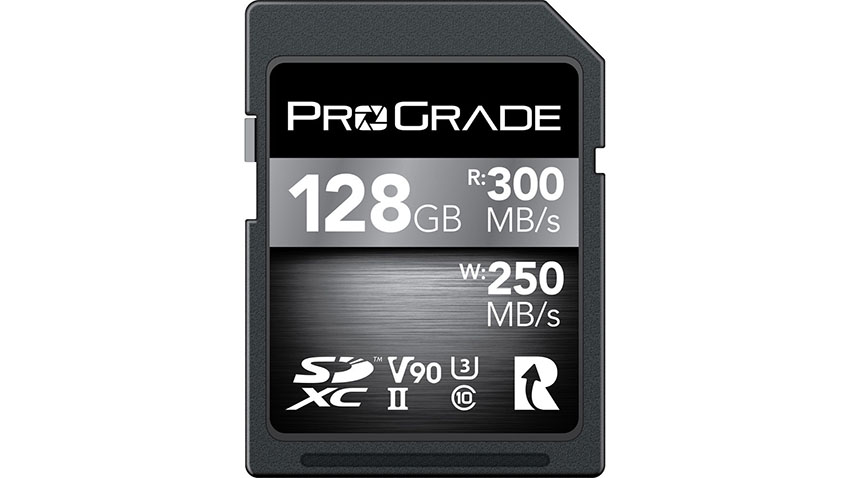It’s been so exciting in the camera world when it comes to slow motion. A lot of cameras, even relatively affordable ones like the Sony FX30, are packing in high-quality 4K 120p recording options.
That’s going to be some sharp and gorgeous slow-mo and everyone is always drooling over this type of footage when they see it online.
What isn’t talked about too much is all the other stuff that goes into shooting high-quality slow-motion footage, especially when we talk about getting full 10-bit high-bitrate video.
Beyond the Game recently jumped into the 4K 120p world and discovered some of these hidden costs. If you are curious about the workflow this is going to be good to know.
Many filmmakers early in their journey, or even just beginning, can now very easily pick up a camera like the FX30 and start shooting high-quality, high frame rate footage.
The camera is under $2,000 and that is a serious move for the industry. But you can’t just jump into this world without considering the other parts of the workflow.
Let’s just look at this from a pure data standpoint. Most cameras are operating at 4K at up to 60p with 8-bit color. Moving into 4K 120p with 10-bit color means you are doubling the number of frames and increasing the range of colors from 16 million to over 1 billion. That’s gonna need some more storage to cover the same take.

Image Credit: Sony
Size of your storage isn’t the only problem now. Since you are capturing more data each second you’ll need some faster cards as well. Average SD cards might only hit around 200 MB/s and are rated for video at 30 MB/s.
You’ll need to upgrade to cards with around 300 MB/s max speeds and 90 MB/s consistently (V90 is the indicator to find).
The cost for these cards increases dramatically. A slower card might only run you $20-30. These cards will cost $150 or more.
Then, after you finished shooting, you’ll need somewhere to keep all that footage. Depending on your system this will likely mean picking up external SSDs more often. Factor that into your workflow costs.

Image Credit: Sony
Another aspect is that 10-bit 4K 120p footage is tough on your computer. Unless you already have the latest and greatest PC out there you’ll likely see some slowdowns or issues when you try to process it. The alternative is to use proxies, but that is more storage and more time.
If you are going to use these advanced formats you’ll want to make the most of them. To do that you’ll have to use a Picture Profile like S-Log3.
These profiles will give you footage that looks extremely flat and unsaturated. If you haven’t used these before that can be concerning, but it is actually a good thing.

Image Credit: ProGrade Digital
These profiles will give you the maximum dynamic range and control over your color in post. It just requires that you do some more serious post-production. Another extra step for your workflow. You could also skip this one if that works for you as profiles like S-Cinetone are available.
Understanding all of this is essential to making the most of that new camera you just picked up. That’s not to discourage you from doing it.
You can also pick up a camera today and slowly learn and use the more advanced features as you get more experienced. Just make sure you are prepared to put in the time (and money) to make the most of your equipment.
[source: Beyond the Game]
Order Links:
- Sony FX30 Cinema Line Camera (B&H, Amazon)
- ProGrade Digital 128GB UHS-II SDXC Memory Card (B&H, Amazon)
Disclaimer: As an Amazon Associate partner and participant in B&H and Adorama Affiliate programmes, we earn a small comission from each purchase made through the affiliate links listed above at no additional cost to you.


